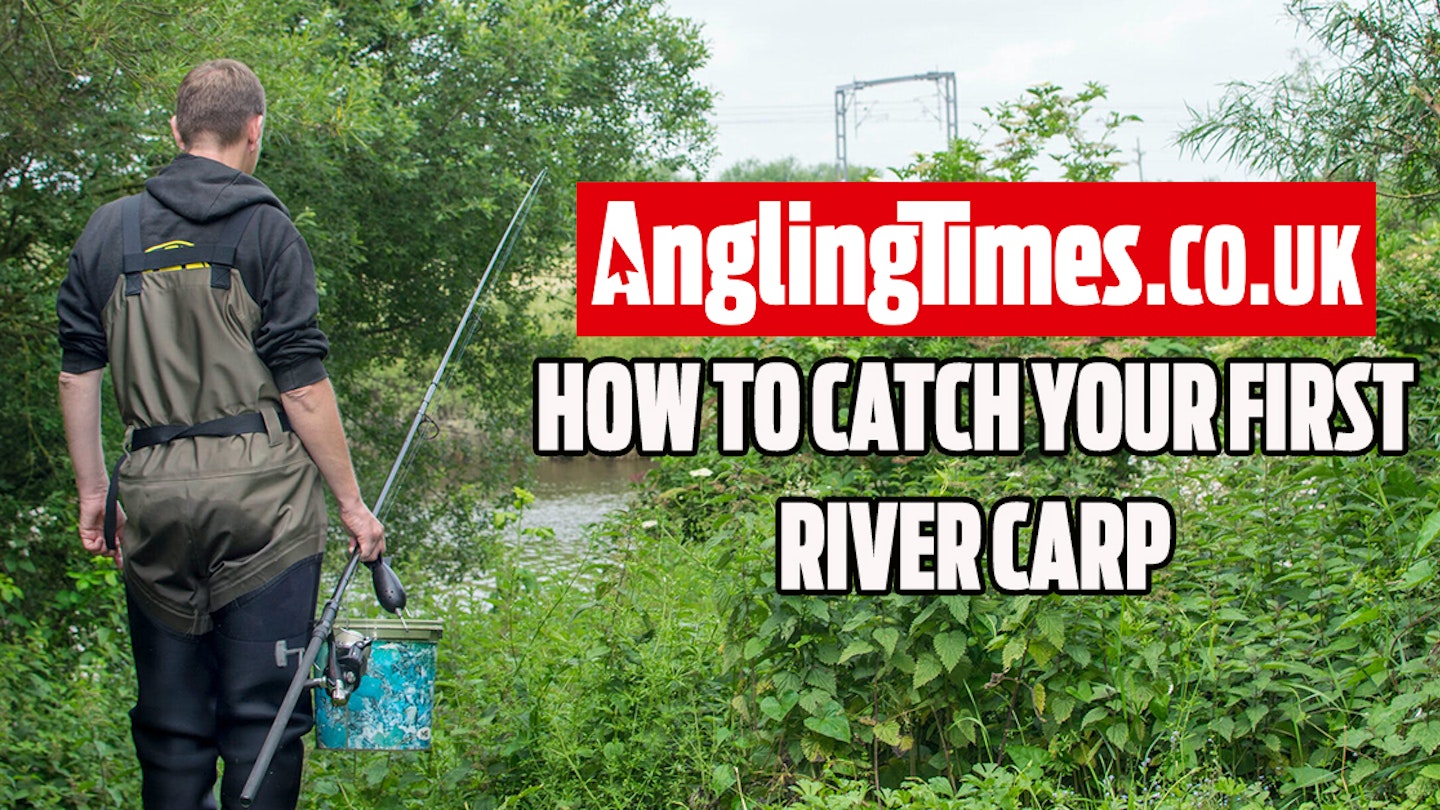While twenty or thirty-pound carp may be common in many day-ticket lakes nowadays, carp of such size remain pretty rare in running-water venues.
River carp are elusive, nomadic and well adapted to the ever-changing environment they live in. Finding them is the first challenge, encouraging them to feed is the next, and landing these immensely powerful fish is the final hurdle.
With stillwaters becoming ever busier, a river carping campaign offers the combination of bankside solitude and the chance to target unpressured fish on your own terms.
So, if you want to follow in the footsteps of legendary names like Nick Helleur and Terry Hearn, both of whom have caught huge river carp, here’s how to go about it.
GET ALL THE BEST KIT FOR CARP FISHING BY CHECKING OUT OUR BUYER'S GUIDES TO RODS, REELS, BIVVIES, ALARMS, BAIT AND MORE.
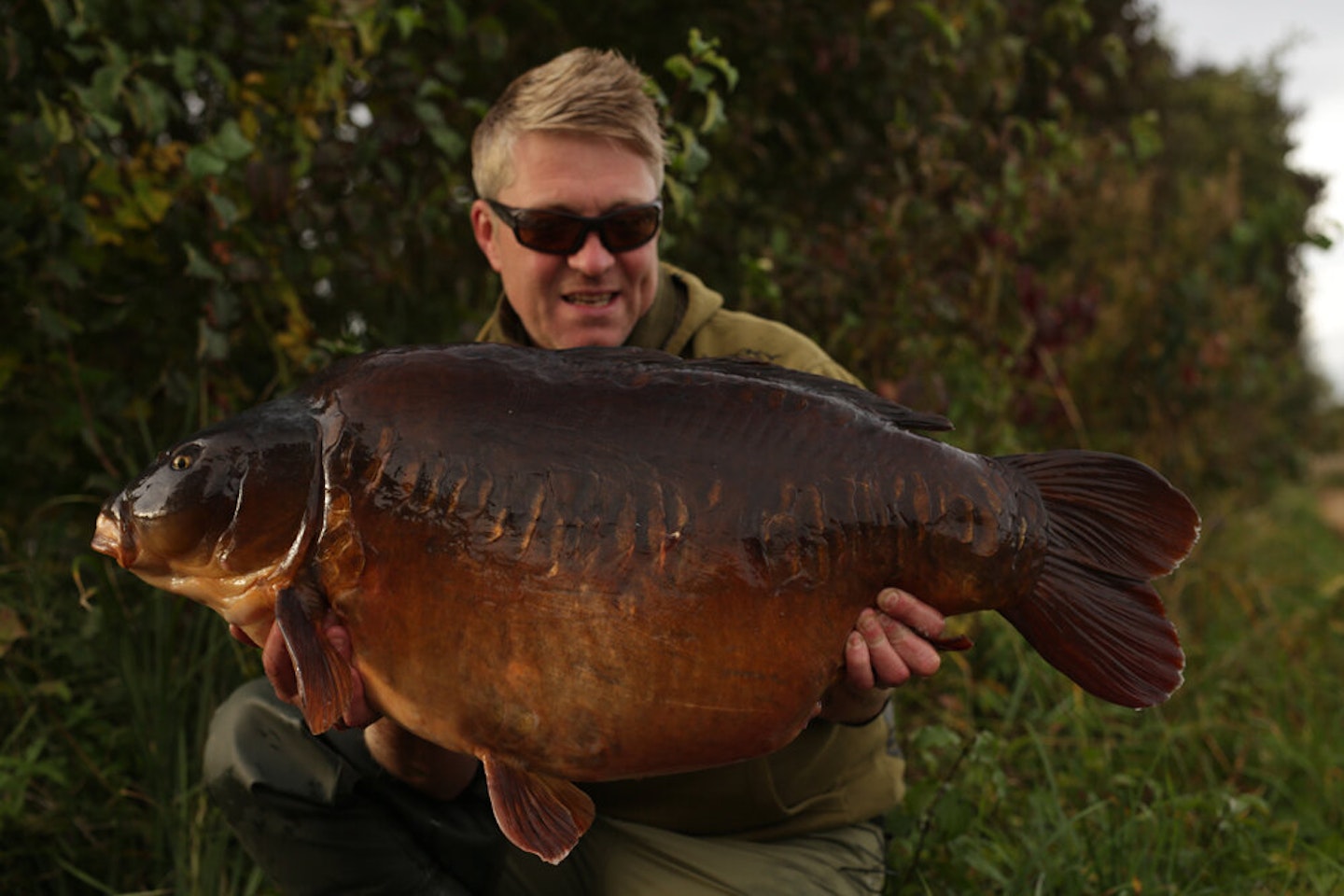
DO THE LEGWORK
It’s safe to say that, regardless of your chosen river, there won’t be fish in every spot you come across and, unlike lakes, some spots may never be frequented by carp. Therefore, good ‘reconnaissance’ is essential.
Make use of warm sunny days and walk the banks as much as possible, looking for signs of fish. A pair of polarised sunglasses is vital to help cut down the surface glare and allow you to see deeper into the water, with more detail.
Areas worth investigating include back channels, slack water off the sides of weir pools, deep slow stretches and marinas. The classic lake hotspots, like lilly pads and snags, are also worth a look, but bear in mind the river will likely have an abundance of these, and many will be carpless.
In a river environment carp are drawn to anything unusual, so look for unique features like inflows and pipes from sewage works, which can often be hugely productive areas.
RATHER FISH LAKES? CHECK OUT THESE FANTASTIC CARP FISHING VENUES.
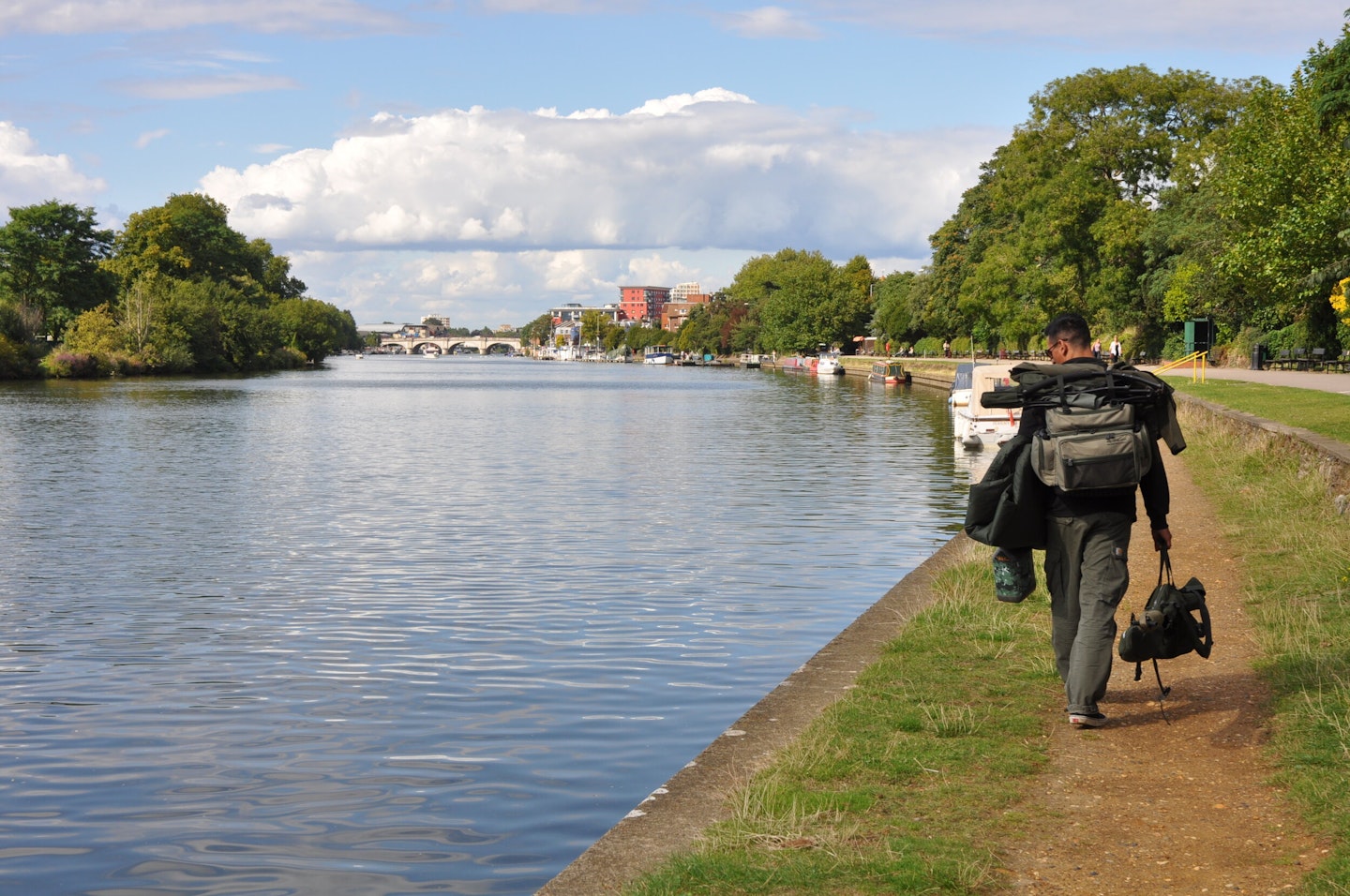
BUILD A SPOT
Once you have located carp on a stretch, you need to consider that the fish will likely be nomadic and travel up and down it a lot. Similar to their stillwater cousins, they will have regular patrol routes, and figuring these out can be a real game-changer. On tidal rivers you may find fish only frequent an area at times of high or low water, completely avoiding it in other conditions.
This movement of the fish means you need to create something to stop them en-route, and this is where a good prebaiting strategy can transform your results.
Baiting up doesn’t have to be expensive – a few kilos of corn on a spot every other night, a couple of handfuls of boilies, or an all-out particle approach shouldn’t break the bank.
The key is regularity, keeping it going in on the same spot and letting the fish gain confidence feeding there before you fish it. Remember there are many more nuisance species in the river too, so be prepared for bream, chub, roach and barbel to take advantage of your free meals.
In terms of the spot itself, before baiting it up be sure that you can present a rig there. A clean gravel spot or silty depression are both winners in this respect, so double-check with a bare lead before baiting up that you aren’t throwing it in over the top of a pile of weed or a huge unseen snag.
RIVER FISHING IS FANTASTIC FOR ALL SPECIES. HERE'S THE BEST STRETCHES TO TARGET NOW.
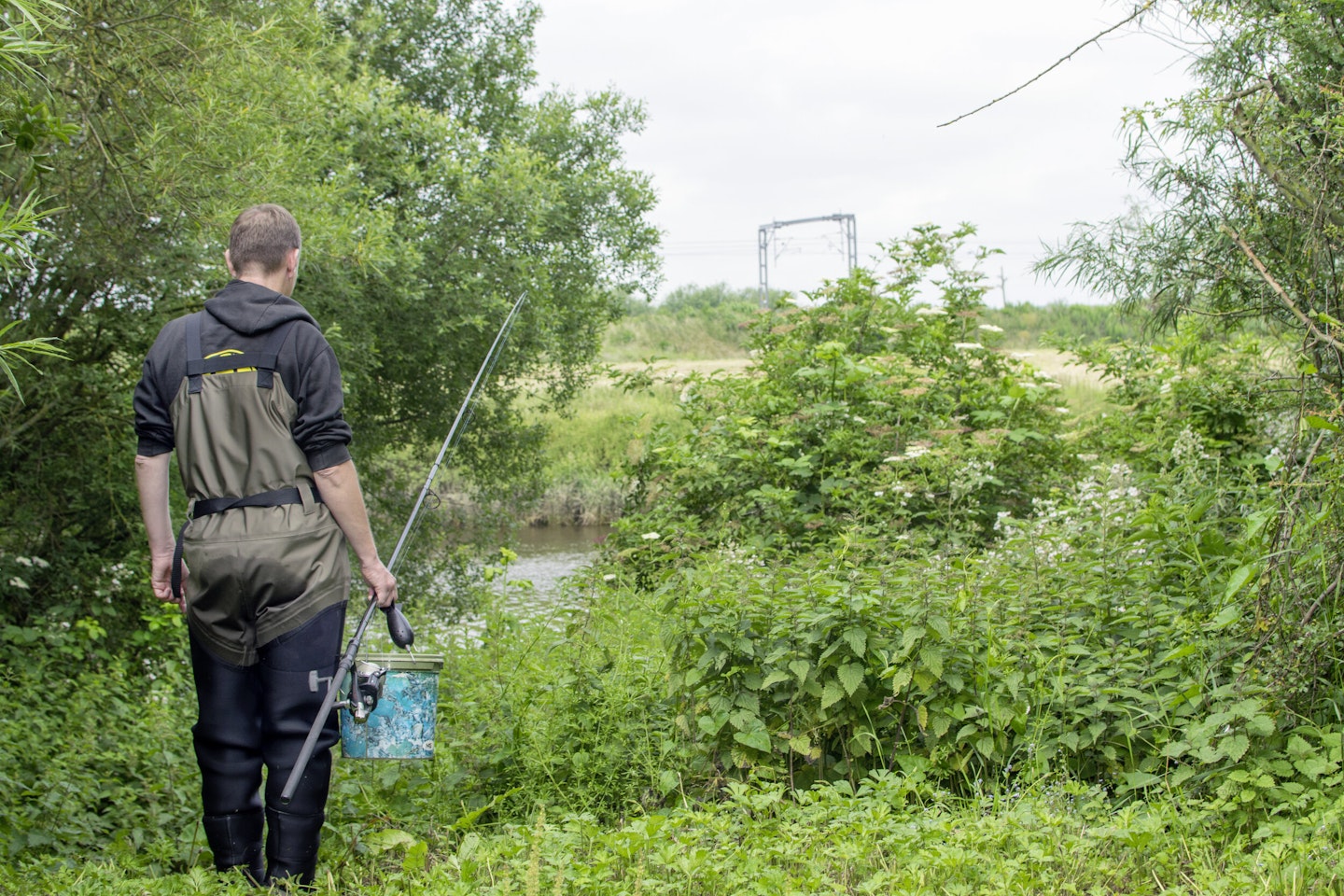
BE STRONG
Rivers are strewn with all kinds of underwater obstacles, ranging from shopping trolleys and concrete blocks to whole trees that have washed down in the floods. It can be a brutal environment, so your kit needs to be well up to the job. Rigs need to be strong, there’s no place for small hooks and fine lines. Mainline should be at least 15-20lb breaking strain, paired with size 6 hooks and bigger, with strong coated braid hooklinks that can withstand heavy abrasion in the fight.
Your rods need to be up to the task, too, and in some areas you may need to use big leads to hold the bait in position, despite the pace of the river looking fairly steady on the surface.
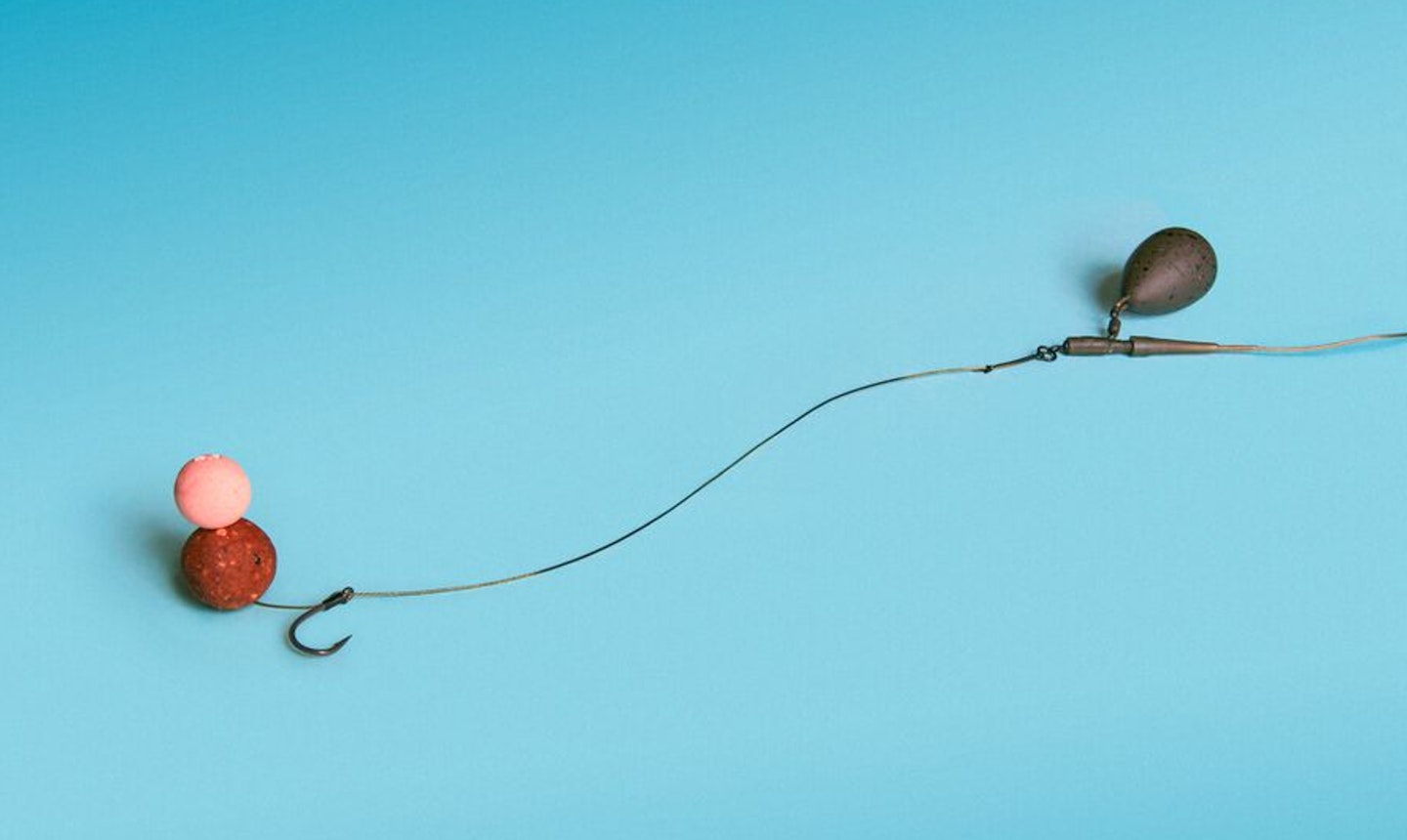
STICK TO THE BASICS
Most river carp see very little angling pressure, so you don’t need to be too fancy with your end rigs – strong and simple is the key. A standard knotless knot rig with a coated braid hooklink will do the job perfectly. For hookbaits, use either big bottom baits (singles or doubles), or use a snowman presentation, with an 18mm bottom bait and 12mm topper.
These should deter smaller species, and help you catch the river carp of your dreams!
This page is a free example of the amazing content Angling Times Members get every single week. Becoming an Angling Times Member gives you access to award-winning magazine content, member rewards, our back issue archives, bonus content and more! Join our fishing community and find out more today!
